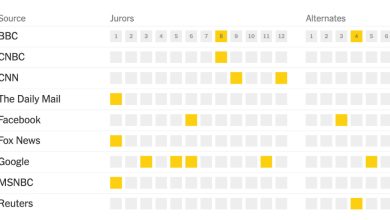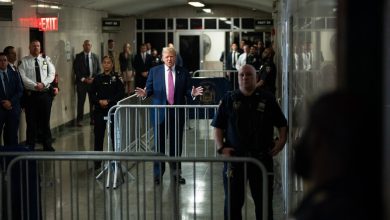Economic Dividend of Immigration Faces Legal and Logistical Hurdles

The U.S. economic recovery from the pandemic has been stronger and more durable than many experts had expected, and a rebound in immigration is a big reason.
A resumption in visa processing in 2021 and 2022 jump-started employment, allowing foreign-born workers to fill some holes in the labor force that persisted across industries and locations after the pandemic shutdowns. Immigrants also address a longer-term need: replenishing the work force, a key to meeting labor demands as birthrates decline and older people retire.
Net migration in the year that ended July 1, 2023, reached the highest level since 2017. The foreign-born now make up 18.6 percent of the labor force, and the nonpartisan Congressional Budget Office projects that over the next 10 years, immigration will keep the number of working Americans from sinking. Balancing job seekers and opportunities is also critical to moderating wage inflation and keeping prices in check.
International instability, economic crises, war and natural disasters have brought a new surge of arrivals who could help close the still-elevated gap between labor demand and job candidates. But that potential economic dividend must contend with the incendiary politics, logistical hurdles and administrative backlogs that the surge has created.
Visits to Texas on Thursday by President Biden and his likely election opponent, former President Donald J. Trump, highlight the political tensions. Mr. Biden is seeking to address a border situation that he recently called “chaos,” and Mr. Trump has vowed to shut the door after record numbers crossed the border under the Biden administration.
Since the start of the 2022 fiscal year, about 116,000 have arrived as refugees, a status that comes with a federally funded resettlement network and immediate work eligibility. A few hundred thousand others who have arrived from Ukraine and Afghanistan are entitled to similar benefits.



